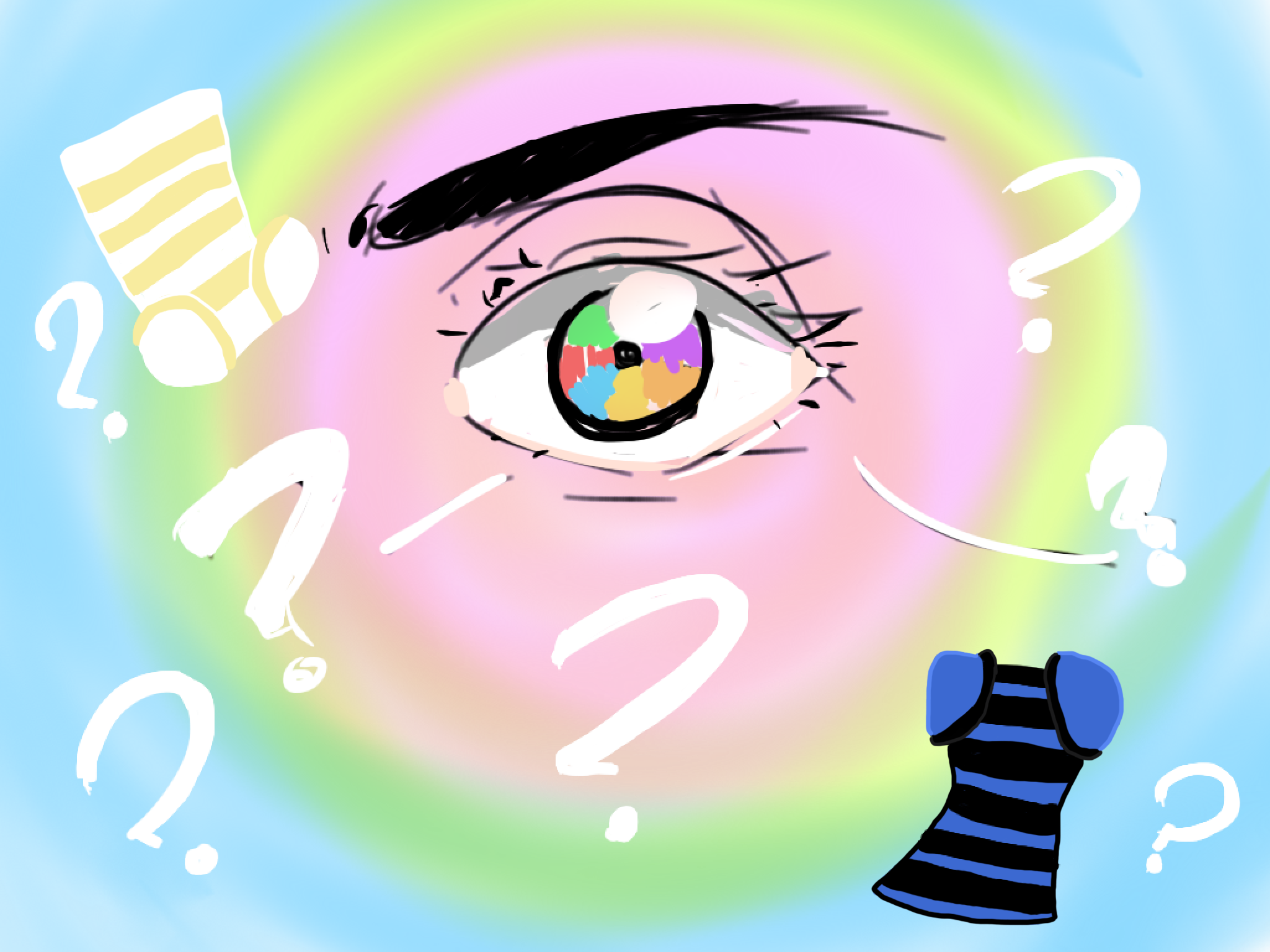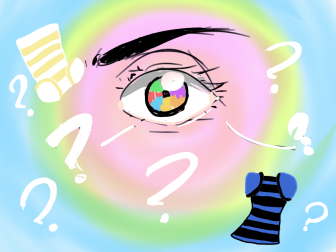
Black and blue or gold and white? The dress controversy, which occurred February of this year, created an almost religious following of either team black and blue or team gold and white. The differences in views emphasize how greatly interpretations can range.

While color remains an integral part in an individual’s experience, colorblind individuals who are unable to recognize certain colors “accurately” note how their condition affects their experiences.
On a basic level, colorblindness results from mutations in genes that code for light sensitive pigments. Because the altered coding results in creation of wrong pigments, the eye cones become sensitive to different wavelengths of light, which results in a deficient sense of color. Because of the variety in mutations, varying degrees of different types of colorblindness result, including the most common type, red-green colorblind/deuteranopia.
Junior Jonathan Liu says, “Personally, I’m red-green colorblind. This does not mean that red and green appear gray to me, but instead, it just means that there are some shades of red and green that I can’t distinguish.”
“People are a lot less informed than you think. When I used to tell people I was colorblind, they used to immediately jump to colorblind—like you don’t see color,” says senior John Graham.
A common adjustment is learning to differentiate colors for application in societal functions. “I drive now, and it’s difficult. I have to memorize the spot of the [colors of the traffic light],” says senior Matthew Fowler.
On a social level, the effect of colorblindness varies on individuals. “My colorblindness is pretty mild, so it hasn’t affected my daily life that much,” Liu says. “I’m pretty open about it, and I joke around about it as much as [others] do, so there aren’t any hurt feelings or anything.”
“It affects me socially more than it does anything else,” says Graham. “Often, when I am with friends or looking at something outside, I’ll be like, ‘That is so blue’ and they’ll be like ‘No, that’s purple.’”
Academically, colorblindness does not have a large effect. Graham says, “I don’t have to use knowledge of color in school; it does not affect me.”
Fowler says, “It’s embarrassing sometimes when the teacher asks the color of something.”
Despite certain differences, colorblindness also provides a different lens for individuals. Fowler remarks. “I think it’s kind of cool that I’m color blind, I see the world differently than you do. It makes me a real individual.”




